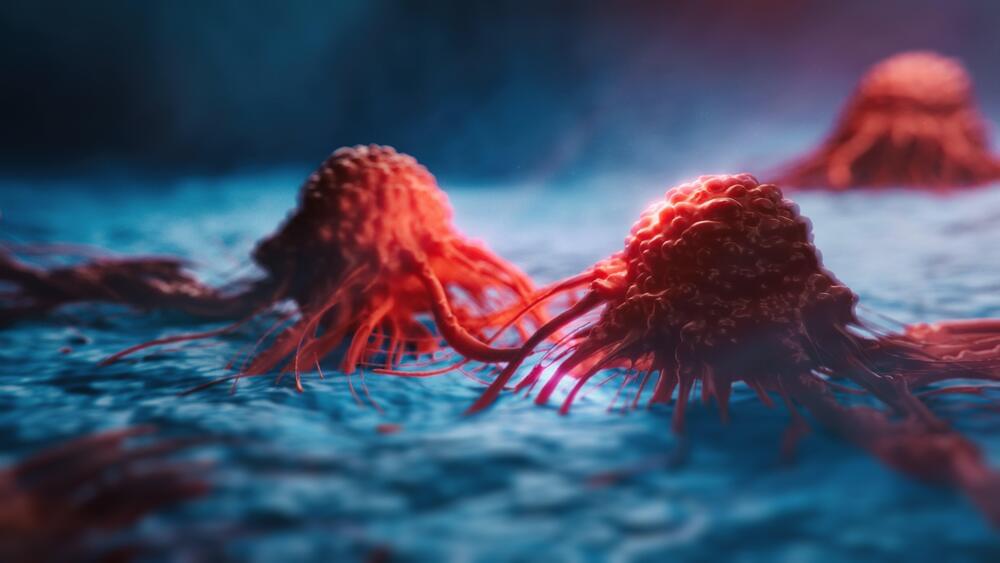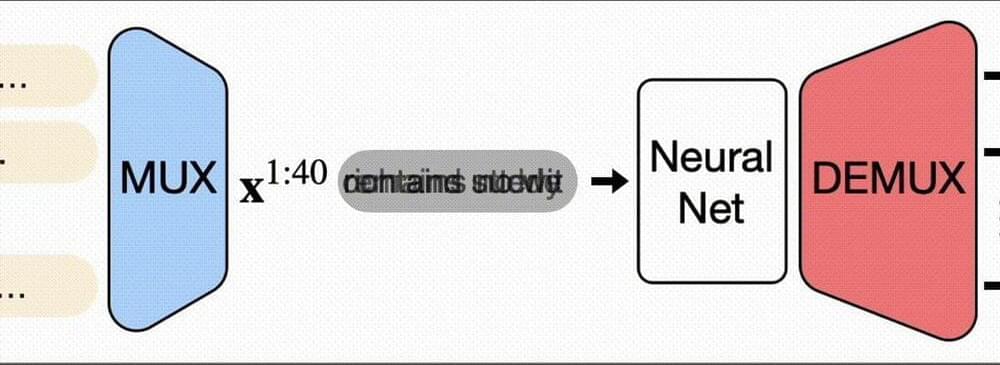For about 9 months, Elon has been suggesting that Booster 4 with Starship 20 on top of it would do the first orbital test of Starship.
The big question was how safe would it be to launch with 29 Raptor engines at once? A lot of people were talking about Russia’s N1 rocket which failed in all four attempts with its 31 engines, causing one of the world’s largest nonnuclear explosions and killing over a hundred people in the process. The most Raptor engines that have ever been static fire tested at once is 6. It would be very difficult to rebuild the Starship tower if it was destroyed. Easily ten times as hard as building another Starship and booster.
Note that using so many engines is not impossible. For example, the Falcon Heavy launches with 27 engines and all its launches have been successful so far. The problem is that the Raptor is the world’s first full-flow staged-combustion-cycle engine and SpaceX has not perfected it yet. For example, the only Starship which successfully landed from a medium-height test almost missed the landing pad and was on fire when it landed. (All other medium-height test Starships exploded, one before it even hit the ground.)
Anyway, today Elon admitted that there will never be an orbital test with Raptor engines and instead plans on doing a test with Raptor 2 engines in two months. This test will be with 33 Raptor 2 engines at once but those engines are considered to be much more stable and also more powerful which matters when you wish to make orbit. The current deal with Raptor 2 engines is they often explode when pushed to 250 tons of force, but work quite well at 230 tons of force. The cranky Raptor engines could do 185 tons of force.
This orbital test will be with a Starship that has 6 engines although Elon has said that eventually Starship will have 9 engines while the booster will have 33 engines.
@thesheetztweetz @QuiltyAnalytics First Starship orbital flight will be with Raptor 2 engines, as they are much more capable & reliable. 230 ton or ~500k lb thrust at sea level.








